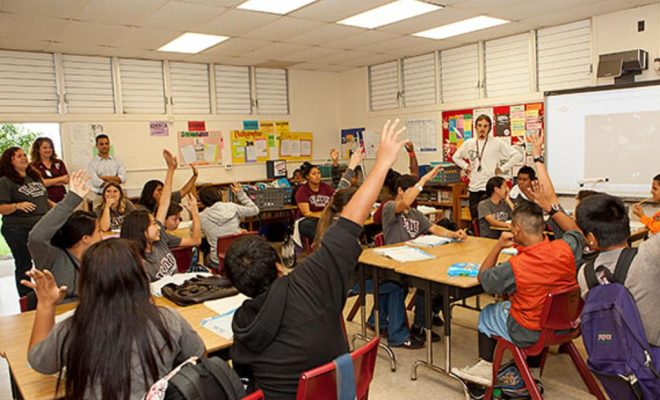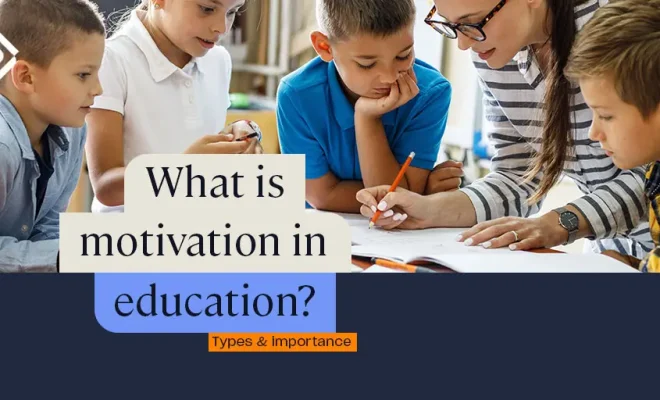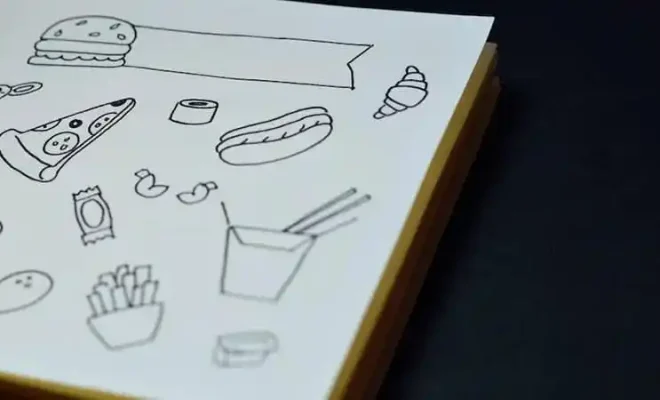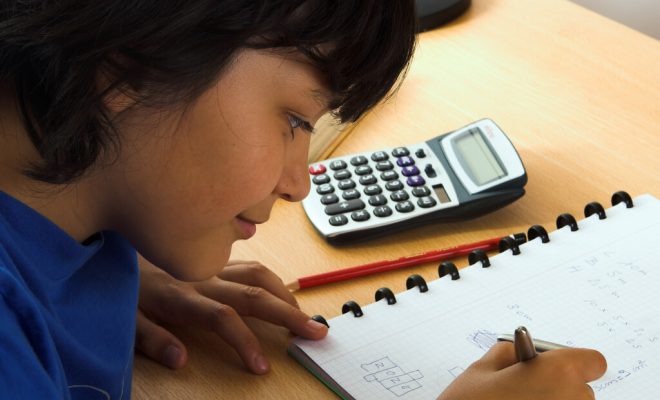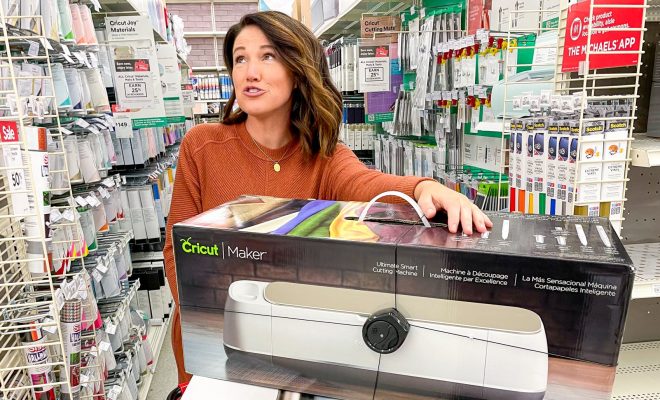20 Second Grade Art Projects Full of Imagination and Creativity
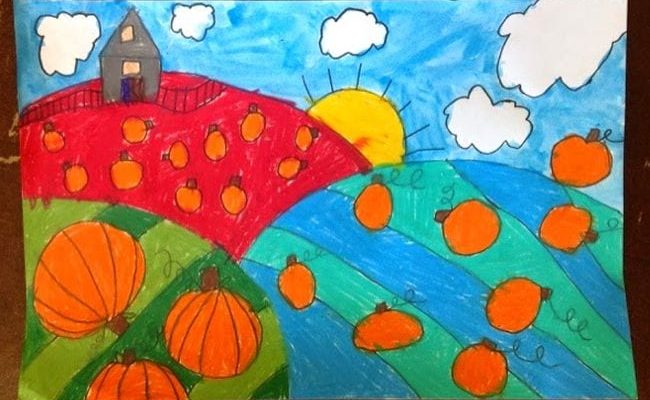
Twenty-second grade art projects are full of imagination and creativity. In this article, we will explore twenty unique and engaging art projects that are perfect for second-grade students. These projects aim to inspire creativity, encourage self-expression, and develop fine motor skills. From painting to collage, pottery to sculpture, there is something for every young artist to enjoy. Let’s dive into the world of second-grade art projects and discover the magic of creativity!
1. Silhouette Collage:
Start with a black construction paper and have the students cut out their silhouettes. Then, provide various colored papers to create a collage background that represents their interests and passions.
2. Watercolor Resist:
Using a white crayon, second graders can draw a design on a piece of watercolor paper. Then, they can use watercolors to paint over the crayon design, revealing a beautiful resist effect.
3. Nature Prints:
Take the students on a nature walk and collect leaves, flowers, and other interesting natural materials. Back in the classroom, they can use these items to create prints using tempera paints.
4. Clay Animals:
Introduce the students to working with clay and guide them in making their favorite animals. They can mold and shape the clay to bring their imaginative creatures to life.
5. Tissue Paper Stained Glass:
Using colored tissue paper and contact paper, second graders can create beautiful stained glass-like artworks. They can cut and arrange the tissue paper on the sticky side of the contact paper to create vibrant designs.
6. Paper Plate Masks:
Give each student a paper plate and encourage them to transform it into a mask using paints, markers, and other craft materials. This project allows them to explore their favorite characters or create entirely new ones.
7. Bubble Wrap Printing:
Cut small squares of bubble wrap and stick them onto cardboard. Students can then paint the bubble wrap and press it onto paper to create a textured print.
8. Pop-Up Cards:
Teach the students how to make pop-up cards by folding and cutting paper. They can incorporate their own drawings or use stickers and embellishments to make the cards extra special.
9. Recycled Sculptures:
Gather a collection of recyclable materials like cardboard, plastic bottles, and paper tubes. Students can use these items to construct unique sculptures, encouraging them to think outside the box.
10. Fruit and Vegetable Printing:
Cut fruits and vegetables in half and let the students dip them into washable paints. They can then press them onto paper to create colorful prints.
11. Yarn Art:
Provide students with different colored yarns and have them create abstract artworks by wrapping and gluing the yarn onto cardboard or canvas.
12. Patterned Prints:
Students can create their own stamping tools by gluing small objects like buttons, bottle caps, or erasers onto foam sheets. They can then dip these stamps into paint and create patterned prints on paper.
13. String Art:
Using a large sheet of cardboard and nails, have the students create simple shapes or letters by wrapping colorful strings around the nails. This project helps develop fine motor skills and spatial awareness.
14. Paper Mosaics:
Cut colored paper into small squares and have the students create mosaic designs by gluing the squares onto a base paper. They can experiment with different color combinations and patterns.
15. Paper Bag Puppets:
Provide paper bags and art supplies for the students to create their own puppets. They can draw faces, add paper cutouts for clothing, and bring their puppets to life with their imaginations.
16. Tissue Paper Landscapes:
Have the students tear and crumple tissue paper to create textured landscapes. They can glue the tissue paper onto a background paper and add details using markers or colored pencils.
17. Foil Embossing:
Students can draw designs onto heavy-duty foil using blunt objects like pencils or popsicle sticks. This technique creates raised lines and patterns, giving their artwork a unique texture.
18. Printmaking with Found Objects:
Encourage students to search for objects with interesting textures or shapes, such as leaves, feathers, or buttons. They can dip these objects into paint and press them onto paper to make prints.
19. Leaf Rubbings:
Take the students on another nature walk and have them collect leaves of different shapes and sizes. Back in the classroom, they can place the leaves under a piece of paper and use crayons or pencils to create rubbings.
20. Chalk Pastel Landscapes:
Introduce the students to chalk pastels and guide them in creating vibrant landscapes. They can experiment with blending and layering colors to bring their landscapes to life.
These twenty-second grade art projects are sure to ignite the creativity and imagination of your young artists. Through these projects, students will have the opportunity to explore various art techniques, materials, and styles. They will also learn valuable skills such as problem-solving, self-expression, and perseverance. So let’s grab our art supplies


